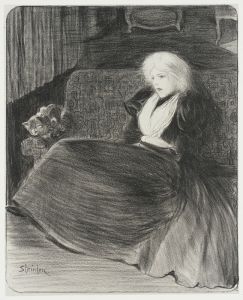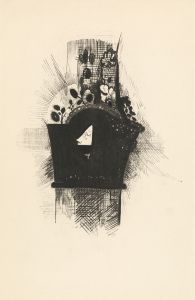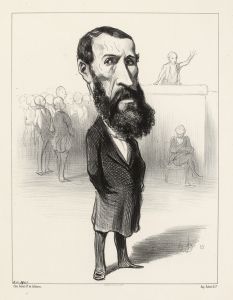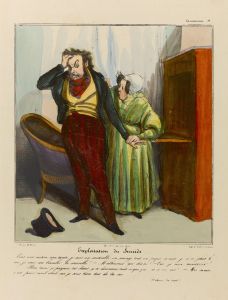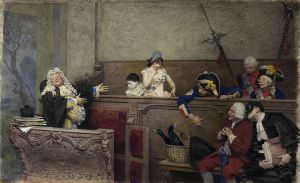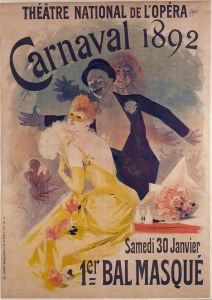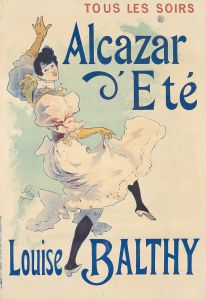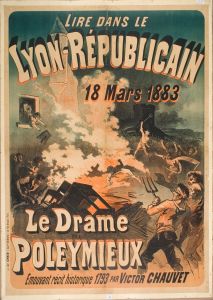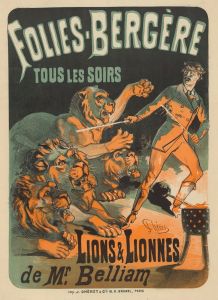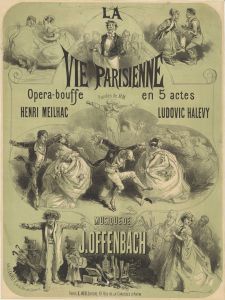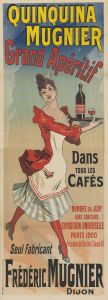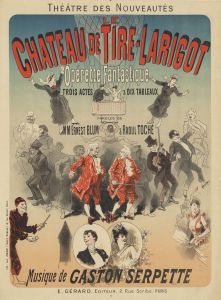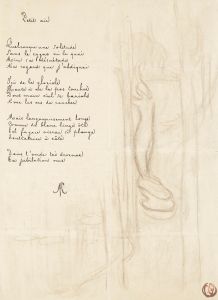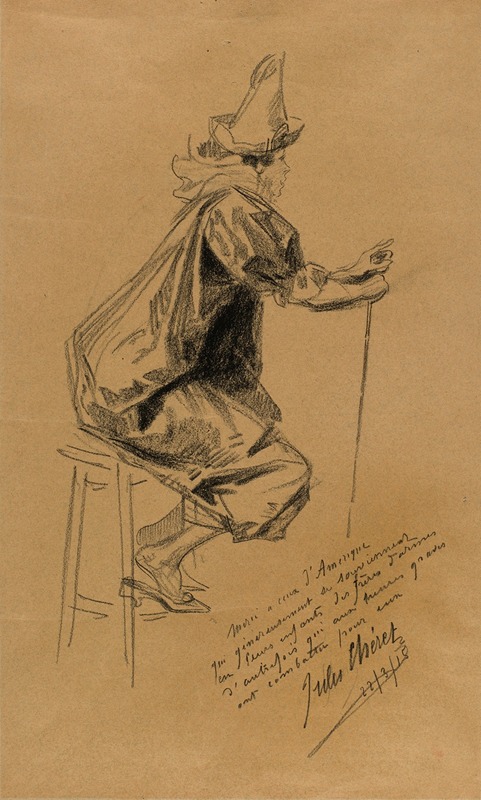
The Clown
A hand-painted replica of Jules Chéret’s masterpiece The Clown, meticulously crafted by professional artists to capture the true essence of the original. Each piece is created with museum-quality canvas and rare mineral pigments, carefully painted by experienced artists with delicate brushstrokes and rich, layered colors to perfectly recreate the texture of the original artwork. Unlike machine-printed reproductions, this hand-painted version brings the painting to life, infused with the artist’s emotions and skill in every stroke. Whether for personal collection or home decoration, it instantly elevates the artistic atmosphere of any space.
Jules Chéret, a pivotal figure in the development of poster art, created "The Clown" during a period when he was revolutionizing the visual culture of advertising in the late 19th century. Chéret, often referred to as the "father of the modern poster," was instrumental in transforming the streets of Paris into vibrant galleries of color and design. His work laid the foundation for the Art Nouveau movement and influenced generations of artists.
"The Clown" is one of Chéret's many works that exemplify his innovative approach to lithography and poster design. While specific details about this particular piece are limited, it is consistent with Chéret's style, which often featured lively figures, dynamic compositions, and a vivid use of color. His posters typically advertised theatrical performances, cabarets, and other forms of entertainment, capturing the spirit and energy of Parisian nightlife.
Chéret's technique involved using bright, bold colors and fluid lines to create a sense of movement and excitement. This approach not only drew the attention of passersby but also elevated the status of posters from mere advertisements to works of art. His ability to blend fine art with commercial appeal made his posters highly sought after, both in his time and by collectors today.
Born in Paris in 1836, Chéret began his career as an apprentice lithographer. He spent several years in London, where he was exposed to new printing techniques and artistic influences. Upon returning to Paris, he established his own lithography firm and began producing posters that would soon capture the public's imagination. Chéret's work was characterized by its joyful and optimistic themes, often depicting carefree women, known as "Chérettes," who became iconic symbols of the Belle Époque era.
Throughout his career, Chéret produced thousands of posters, each one a testament to his skill and creativity. His contributions to the field were recognized in 1890 when he was awarded the Legion of Honor by the French government. Chéret's legacy is evident in the work of later artists such as Henri de Toulouse-Lautrec and Alphonse Mucha, who drew inspiration from his pioneering techniques and aesthetic sensibilities.
"The Clown," like many of Chéret's works, reflects the cultural vibrancy of its time. While specific information about the context or commission of this piece is not readily available, it remains an example of Chéret's ability to capture the essence of entertainment and joy through his art. His posters not only advertised events but also contributed to the visual identity of Paris as a center of art and culture.
Jules Chéret passed away in 1932, but his influence on the world of art and advertising endures. His innovative approach to poster design paved the way for modern graphic design and continues to be celebrated for its artistic and historical significance. "The Clown" stands as a testament to Chéret's enduring impact on the art world and his role in shaping the visual language of his era.





